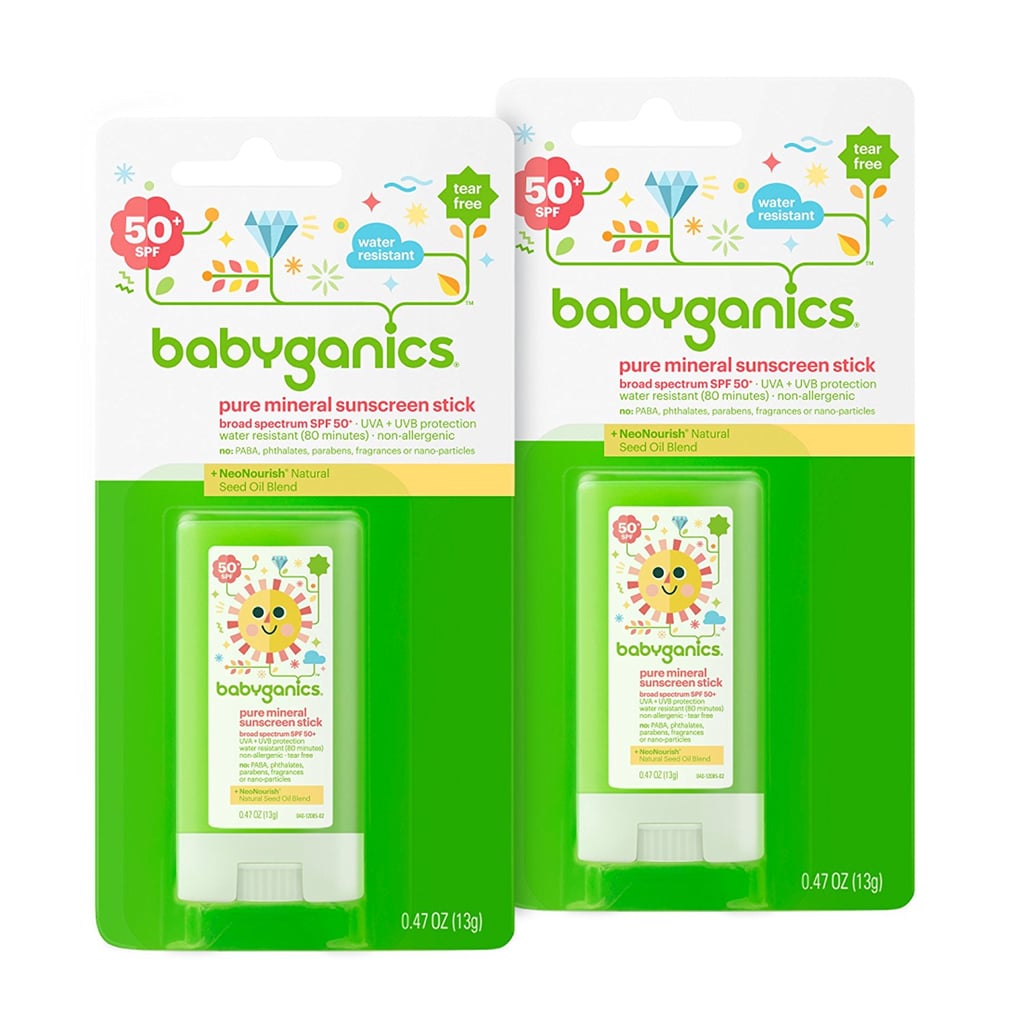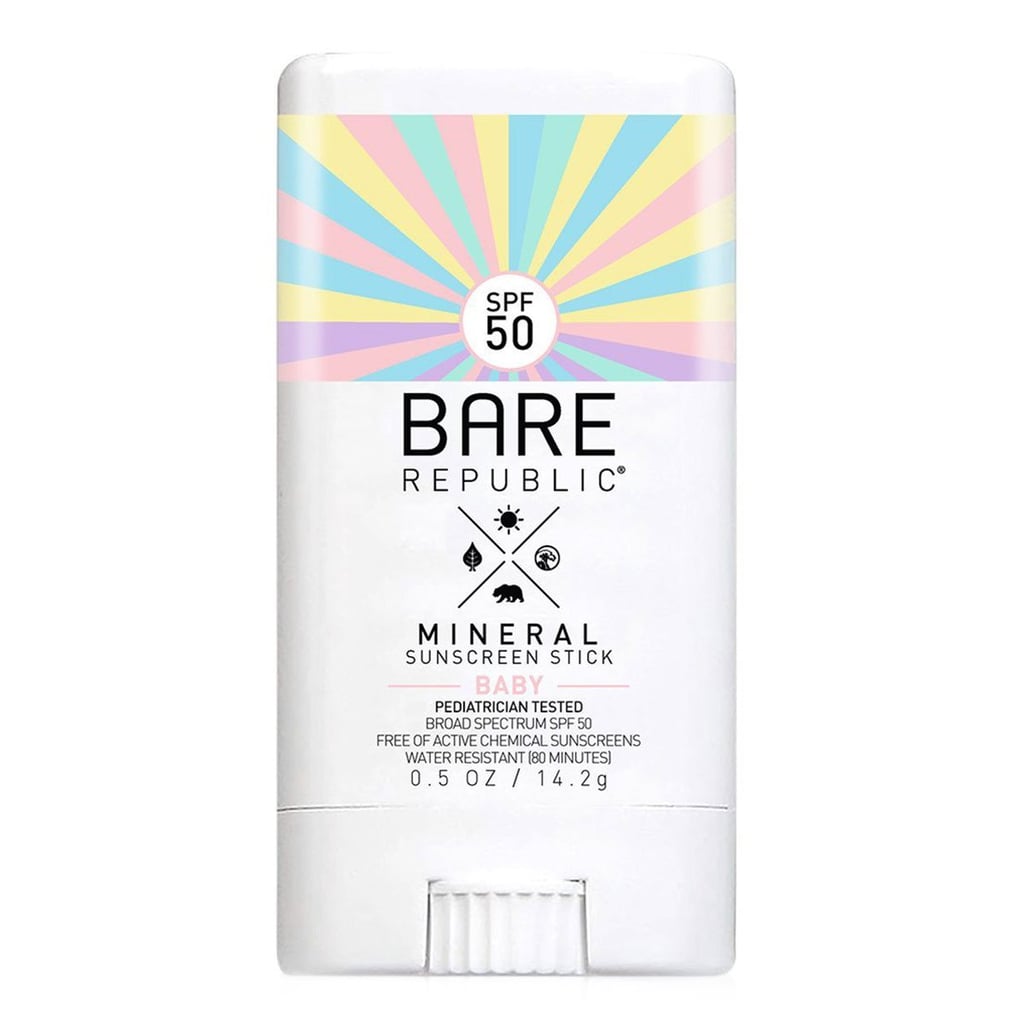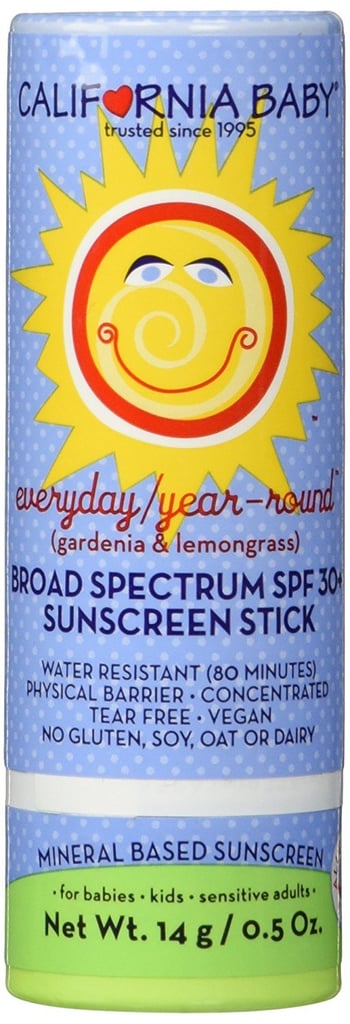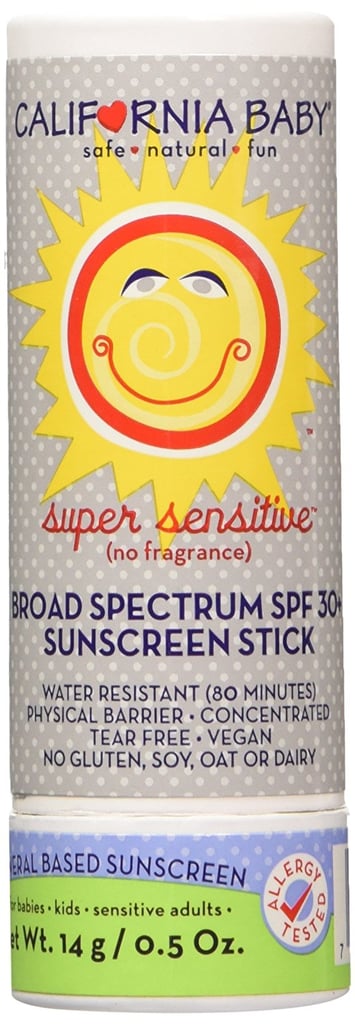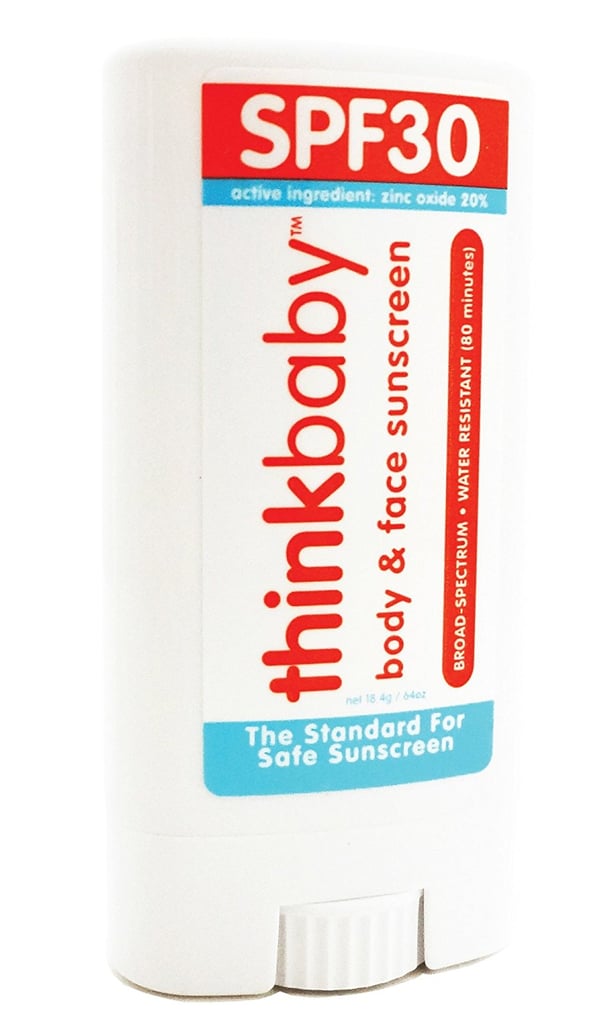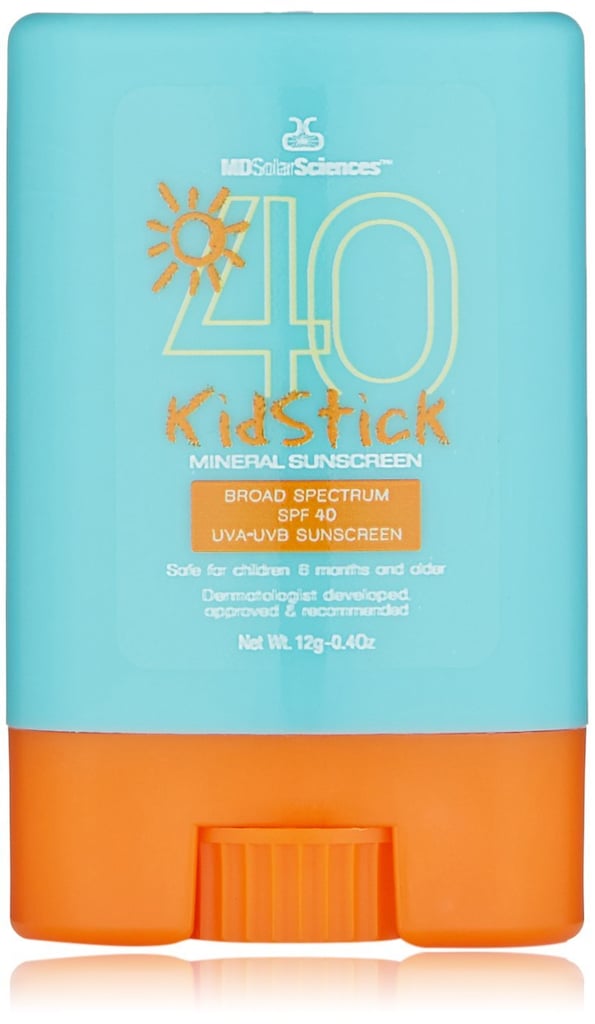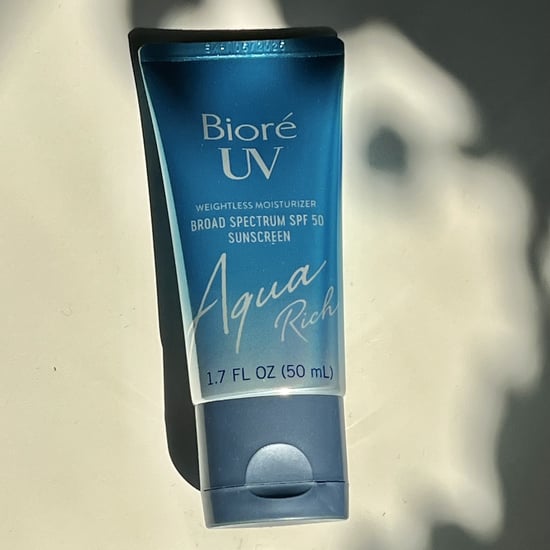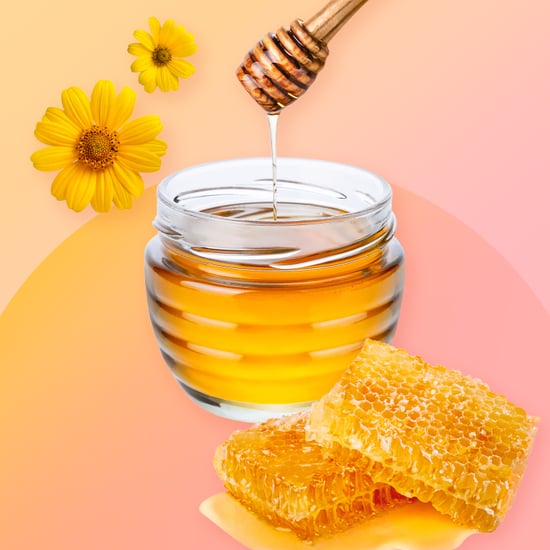Should Kids Use Sunscreen Sticks?
If You're Using a Sunscreen Stick on Your Kids, You Could Be Putting Them at Risk For Burns
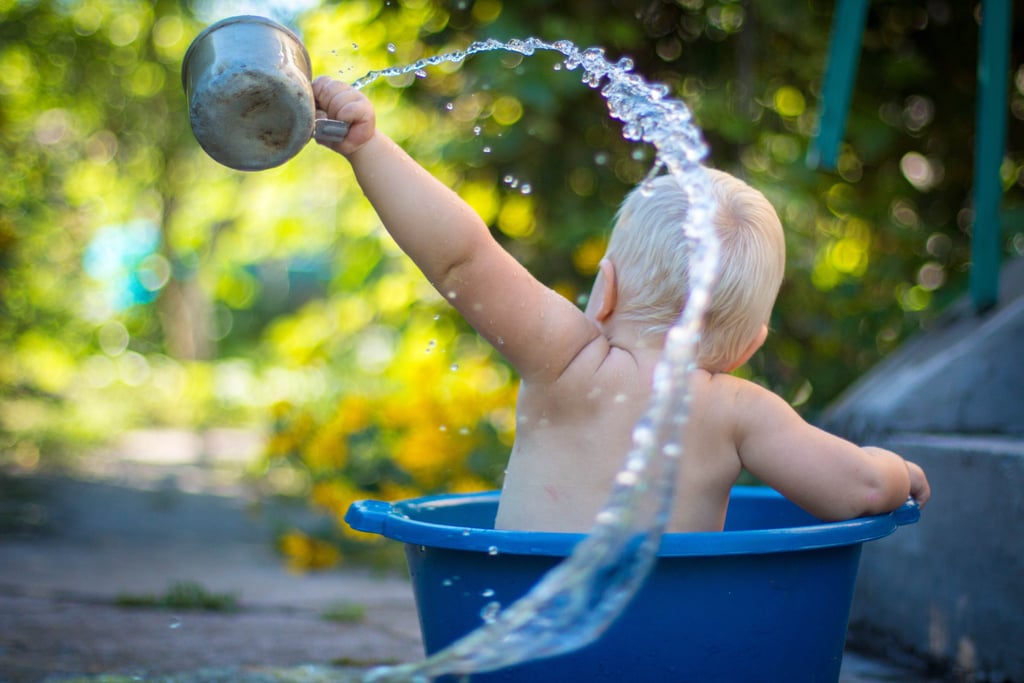
As POPSUGAR editors, we independently select and write about stuff we love and think you'll like too. If you buy a product we have recommended, we may receive affiliate commission, which in turn supports our work.
One of the most important — and most annoying — things about Summer is ensuring you and your kids are coated from head to toe in sunscreen before heading into the sun's harmful rays. And though most parents hate the song and dance they go through trying to apply UV protection to their children (and don't even get me started on reapplying!), it's a nonnegotiable part of a Summer routine — which is why every parent needs to know that not all sunscreens are created equal. If you find using a sunscreen stick to be the fastest and least painful application method, there are a few things you should know before swiping your kid's skin with one.
According to the EWG's yearly list of the most harmful sunscreens, a number of sunscreen sticks made the list in 2017 for a few reasons — they're often used incorrectly, which can lead to burns; they could contain harmful ingredients or a poor UVA/UVB protection balance; or they may be such a high SPF that the product's efficiency is deceiving.
As far as ingredients go, the sticks on the no-no list have potentially harmful chemicals — oxybenzone (which can disrupt the hormone system) and retinyl palmitate (which may actually trigger skin damage on sun-exposed skin). When it comes to their SPF values, the ones with high SPFs like 100 make it seem like they're more safe than an SPF 30 or 50, but in reality, they don't actually do any more to protect your child (and are sometimes more expensive). And as for the UVA/UVB protection factor, some sunscreen sticks work better to protect against one set of rays or the other, when there are other products on the market that work to block both.
In terms of application, the issue with a sunscreen stick is that it doesn't necessary mix with a wriggly baby or toddler. If you're applying the stick evenly, rubbing the sunscreen into all areas of your child's skin, then you're doing all you can to keep them protected. However, because sticks usually go on clear whereas a lotion goes on white and is more visible, it can be hard — as it is with unsafe aerosol sunscreens — to visibly see that you've completely covered your child's face and body.
So, to recap: if sunscreen sticks are your number one choice for protecting your kids from the sun, be sure you're using the stick correctly and applying evenly and that your product of choice is safe when it comes to ingredients, SPF, and UVA/UVB protection.
Ahead, find a list of the safest sunscreen sticks on the market, which meet all of the EWG's classifications for a safe sunscreen (and check out our list of other safe sunscreens if you want to move away from using sticks).
Babyganics Pure Mineral Sunscreen Stick
The Babyganics Pure Mineral Sunscreen Stick ($14 for two) is SPF 50 and has the highest EWG rating, a 1.
Bare Republic Mineral Sunscreen Stick — Baby
The Bare Republic Mineral Sunscreen Stick — Baby ($9) is SPF 50 and has the highest EWG rating, a 1.
California Baby Everyday/Year Round Stick
The California Baby Everyday/Year Round Stick ($15) is SPF 30 and has the highest EWG rating, a 1.
California Baby Super Sensitive Broad Spectrum Sunscreen Stick
The California Baby Super Sensitive Broad Spectrum Sunscreen Stick ($15) is SPF 30 and has the highest EWG rating, a 1.
Thinkbaby Sunscreen Stick
The Thinkbaby Sunscreen Stick ($11) is SPF 30 and has the highest EWG rating, a 1.
MDSolarSciences Mineral Kidstick
The MDSolarSciences Mineral Kidstick ($14) is SPF 40 and has the highest EWG rating, a 1.

